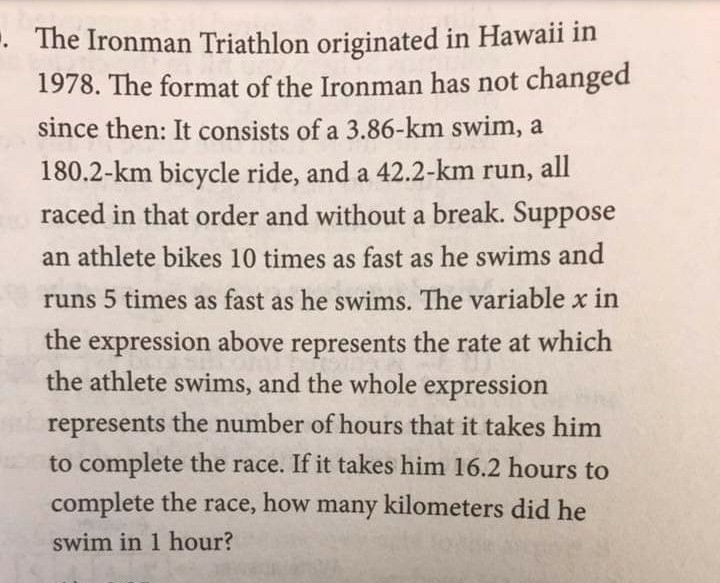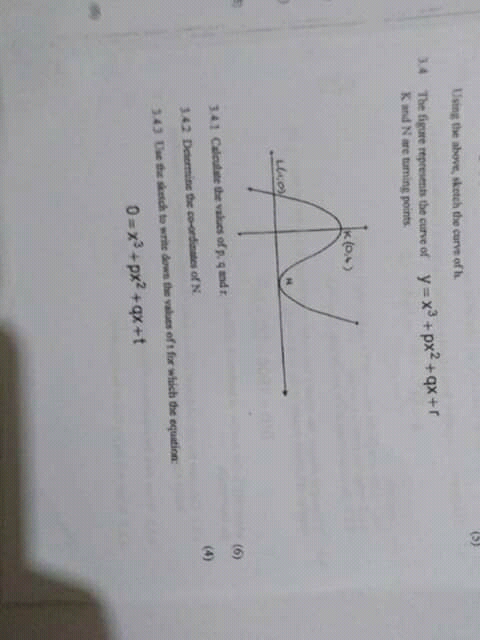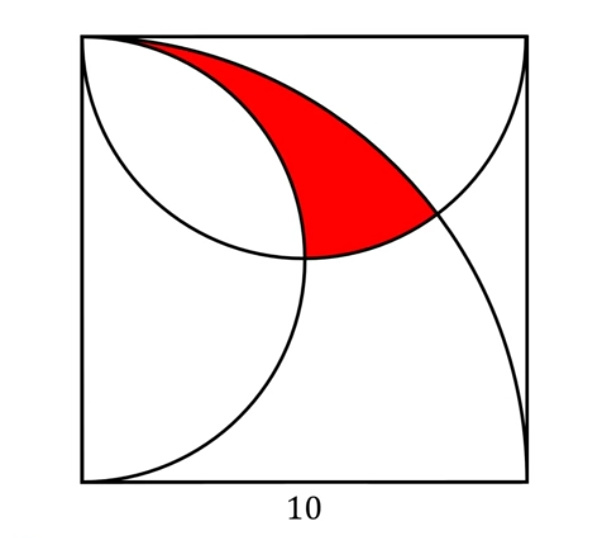
AllQuestion and Answers: Page 1519
Question Number 59002 Answers: 0 Comments: 0

Question Number 59000 Answers: 1 Comments: 0

Question Number 58986 Answers: 1 Comments: 3

Question Number 58984 Answers: 1 Comments: 0
Question Number 58979 Answers: 1 Comments: 1

Question Number 58974 Answers: 1 Comments: 0

Question Number 58972 Answers: 0 Comments: 0

Question Number 58971 Answers: 1 Comments: 1

Question Number 58965 Answers: 0 Comments: 0
Question Number 58964 Answers: 1 Comments: 0
Question Number 58963 Answers: 1 Comments: 0
Question Number 58962 Answers: 0 Comments: 0
Question Number 59037 Answers: 0 Comments: 1
$${solve}\:\:\frac{{dy}}{{dt}}={t}^{\mathrm{2}} +{y}^{\mathrm{2}} \\ $$
Question Number 58948 Answers: 0 Comments: 3
Question Number 58943 Answers: 1 Comments: 0
Question Number 58942 Answers: 1 Comments: 0
Question Number 58941 Answers: 1 Comments: 0
Question Number 58940 Answers: 1 Comments: 3
Question Number 58937 Answers: 0 Comments: 2
Question Number 58936 Answers: 1 Comments: 0
$$\mathrm{2}+\left\{\left[\mathrm{5}+\mathrm{6}\right]\right\}×\mathrm{2} \\ $$
Question Number 58934 Answers: 1 Comments: 0
Question Number 58932 Answers: 0 Comments: 1
Question Number 58928 Answers: 0 Comments: 2

Question Number 58915 Answers: 2 Comments: 2
Question Number 58899 Answers: 1 Comments: 4
Question Number 58896 Answers: 2 Comments: 0
Pg 1514 Pg 1515 Pg 1516 Pg 1517 Pg 1518 Pg 1519 Pg 1520 Pg 1521 Pg 1522 Pg 1523
